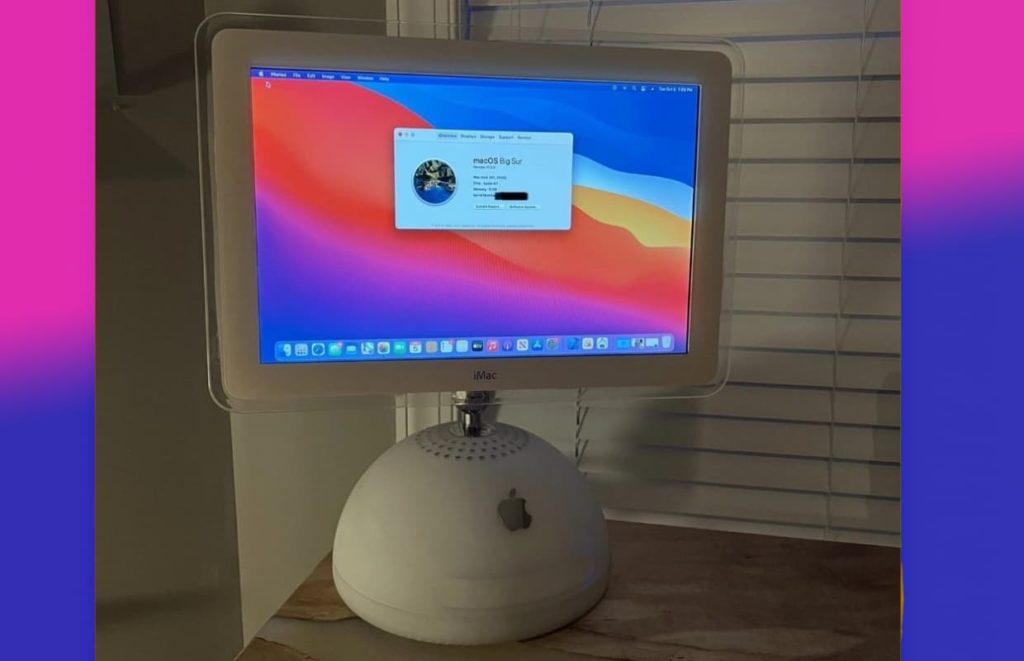
The iMac turned 25 on May 6th 2023. The computer has kind of fallen to the wayside in popularity even with Apple users these days but still likely sells in respectable numbers. No way to know for sure since Apple doesn’t release much information in regards to sales these days except for the raw financial kind, but they still make it which for Apple means it’s still worth it to the company to keep making it.

Looking back on where it started and where its gone says a lot about Apple and how it has changed over the years. At the time of the original release of the iMac, Apple was in serious decline and had been for a few years. The ridiculous series of Performa/ Centris/ Quadra lines were finally put into the rear view mirror, the switch from Motorola’s 68K processors to the PowerPC was nearly complete, and PowerBooks were the laptops of choice for those wanted to run the MacOS.

However none of it was really helping Apple’s bottom line. OSX was still a few years away, and MacOS 8 and 9 were showing their creaky cracks and while subjectively prettier than Windows, was no longer the computer that a lot of people could afford to buy for the software they needed to run. Apple’s choices looked like practically every other computer out there, bland and boring. Apple needed a home run and needed it fast.

Apple turned to Jonny Ive who had a huge part in creating the iMac and this cemented his place in Apple lore. When Steve Jobs introduced the iMac on May 6th, 1998 there was nothing else really like it on the market. Apple had been selling all-in-one computers since the original Mac in 1984, but this was truly leaps and bounds ahead. EVERYTHING was included. Monitor, keyboard, a (horrible) mouse, storage, and internet connectivity. All could be configured and running in minutes as compared to the sometimes exhaustive efforts required for Windows PCs.

It didn’t debut, but made populars new ports like USB to replace the serial ports of the past, got rid of legacy hardware like floppy drives, and made CD-ROM drives the then future standard for Macs. Throughout the years everything has changed on the iMac except one. It’s still designed to be that all-in-one, easy to configure, relatively inexpensive consumer grade computer capable of running almost anything that other Apple computers can run and to do it in a pretty good looking shell. So thanks Apple and thanks to the iMac, the little computer that argumentatively saved a future tech giant.


Leave a Reply
You must be logged in to post a comment.